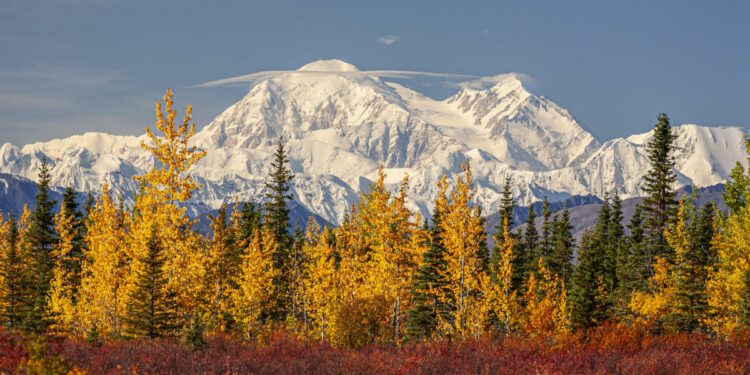Miles with McConkey
America’s least-visited and northernmost national park, Gates of the Arctic National Park & Preserve, sits north of the Arctic Circle. Stretching 8.4 million acres across the central Brooks Range, it is the second-biggest national park in the United States.
Visitors must fly or hike into the park. Fairbanks has several small airlines that provide bush plane flights to the park or flightseeing tours over the park.
Gates of the Arctic displays undisturbed landscapes painted with snowy mountains, blue glacier ice, and wild rivers snaking through glacier-carved valleys. You may see unique wildlife, including grizzly bears, muskox, moose, caribou, wolves, arctic foxes, snowshoe hares, Dall sheep, and lynx.
Glacier Bay National Park & Preserve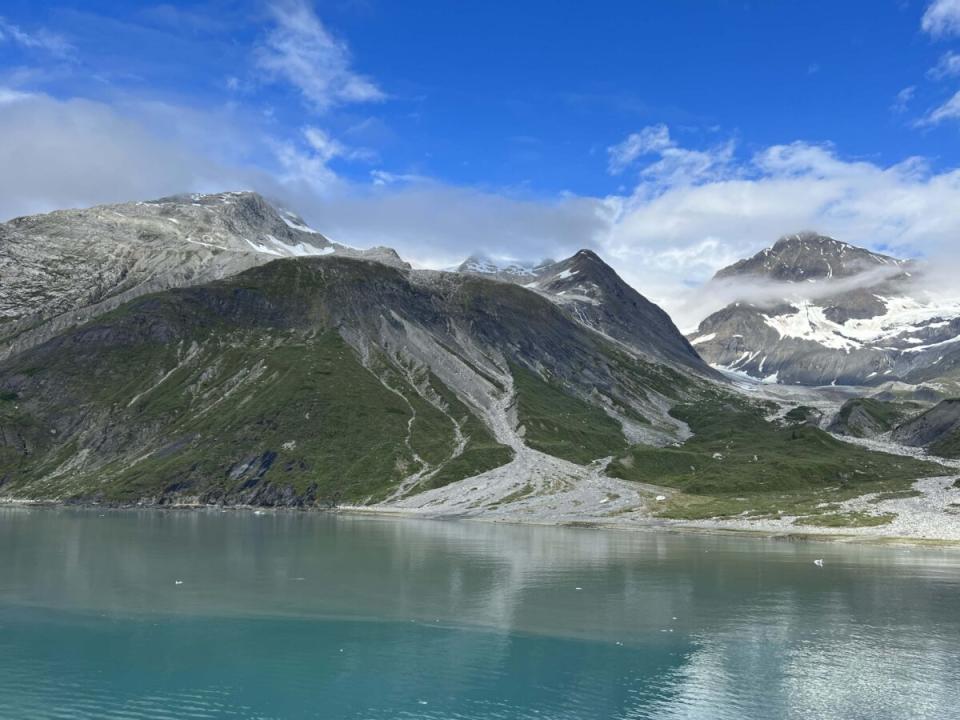
Miles with McConkey
Spanning 3.3 million acres along southeast Alaska’s Inside Passage, Glacier Bay National Park & Preserve showcases jagged, snow-capped mountains, dynamic glaciers, turquoise waterways, and temperate rainforests.
Although only accessible by boat and plane, Glacier Bay is one of the state’s most accessible parks, thanks to the cruise industry. As such, most visitors experience the park from the comfortable decks of a cruise ship. It may be the most relaxing and unique national park experience in the United States.
Glacier Bay, aptly named, harbors more than 1,000 glaciers. Along the journey, you gain a close view of several significant glaciers. If you experience one calving, the sights and sounds will be forever etched in your mind. You may encounter wildlife such as sea otters, humpback whales, sea lions, mountain goats, and bears. Sit back and enjoy the show.
Katmai National Park & Preserve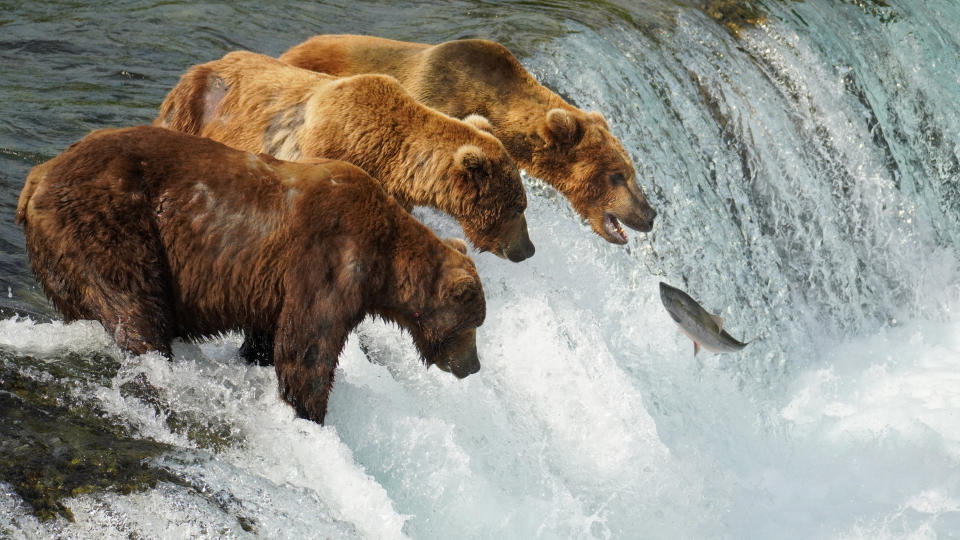
Trevor Darling via Getty Images
Located on the Alaska Peninsula near Kodiak Island, Katmai National Park & Preserve is renowned for bear viewing. The park encompasses approximately 4 million acres of forests, mountains, tundra, and lakes. It is only accessible by plane or boat. You can arrange flight taxis from Anchorage, King Salmon, Homer, and Kodiak.
More than 2,000 bears call the park home. Following the Brooks River salmon runs, brown bears regularly gather to feed on the salmon at Brooks Falls. Although salmon runs vary yearly, they typically occur in July and September.
Kenai Fjords National Park
Leamus via Getty Images
Situated on the Kenai Peninsula near Seward in south-central Alaska, Kenai Fjords National Park appears stuck in the ice age. The 600,000-acre park comprises the Harding Icefield, nearly 40 glaciers, coastal fjords, lush forests, and icy waters. Unlike some of Alaska’s other national parks, you can drive to Kenai Fjords National Park, a 2.5-hour road trip from Anchorage.
Kenai Fjords National Park houses a wide range of wildlife, including black and brown bears, wolves, moose, mountain goats, humpback whales, orcas, fin whales, seals, porpoises, bald eagles, and puffins. The park shines with its one-of-a-kind adventures, such as ice climbing, glacier hiking, kayaking in front of a glacier, flightseeing tours, and boat tours between the fjords.
Kobuk Valley National Park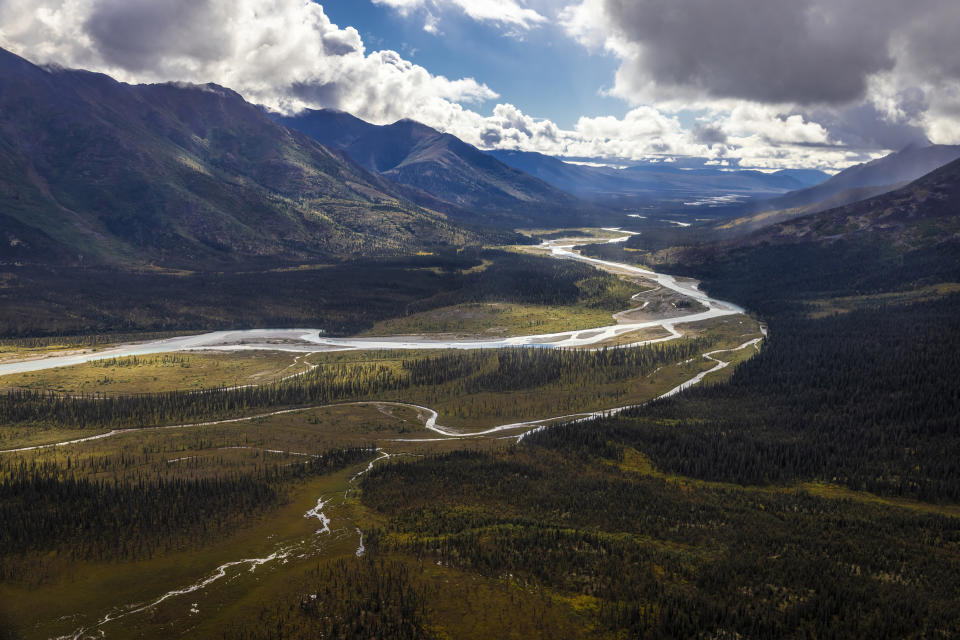
BlueBarronPhoto via Getty Images
Located in northwestern Alaska, about 25 miles above the Arctic Circle, Kobuk Valley National Park holds 1.75 million acres of untouched boreal forest, tundra, and dunes. The Great Kobuk Sand Dunes may appear out of place, but they and the Kobuk River make the park unique. Roughly half a million caribou migrate annually across the dunes. The park also houses grizzly bears, arctic foxes, moose, wolves, and Dall sheep.
Popular activities include backpacking, camping, fishing, and floating. The best way to float down the slow-moving Kobuk River is in a collapsible kayak or canoe, which allows you to savor views of lush forests and tundra along the journey.
Lake Clark National Park & Preserve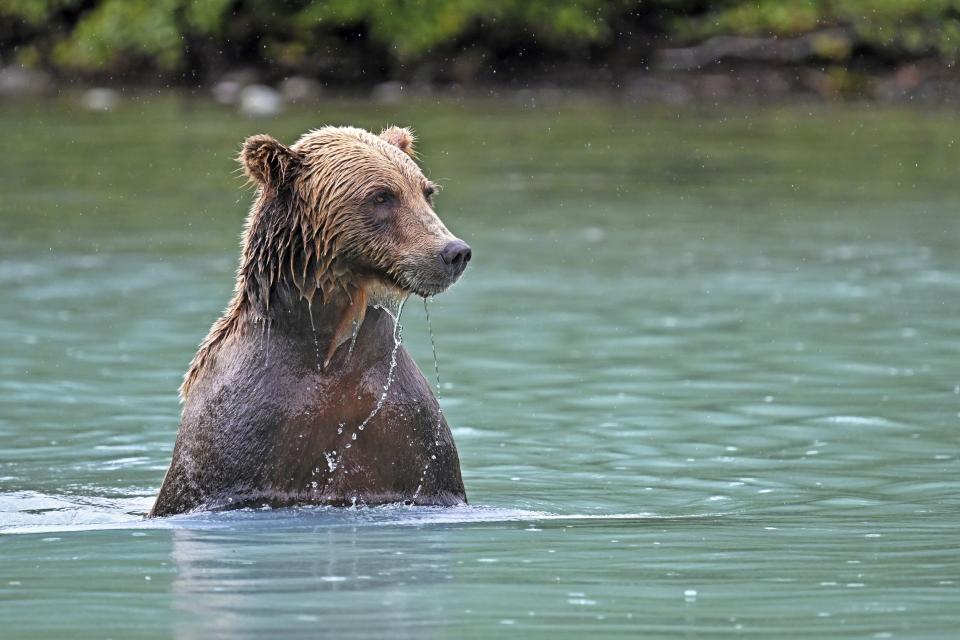
imageBROKER/Thomas Sbampato via Getty Images
Located on the Alaska Peninsula about 100 miles southwest of Anchorage, Lake Clark National Park & Preserve offers 4 million acres of various stunning landscapes, from craggy snow-covered mountains and glaciers to crystal clear lakes and streams to hot springs and alpine meadows. The park is accessible by boat or plane.
Popular activities include sport fishing, world-class brown bear viewing, hiking, camping, and kayaking. Due to its various landscapes, Lake Clark attracts many resident and transient bird species. If you enjoy wildlife watching, the park has brown and black bears, caribou, moose, wolves, red foxes, and Dall sheep.
Wrangell-St. Elias National Park & Preserve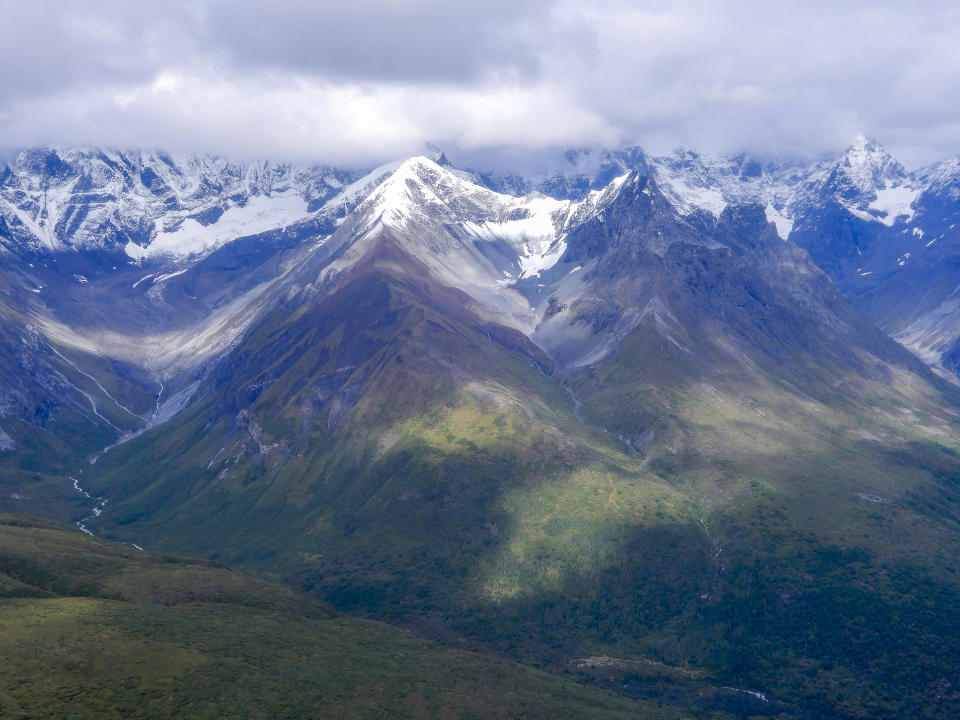
florentina georgescu photography via Getty Images
America’s largest national park, Wrangell-St. Elias National Park & Preserve, is in southeastern Alaska and covers over 13 million acres. It is six times bigger than Yellowstone and houses 9 of the country’s 16 highest peaks.
Although vegetation is sparse in much of the park, it is home to lots of wildlife, including mountain goats and Dall sheep along the craggy peaks, caribou feeding on sedges on the slopes of the Wrangells, moose meandering through the forested lowlands, and bears freely roaming the entire park. You may also spot bald eagles, bison, sea lions, harbor seals, and red, gray, and arctic foxes.
For those who like history, visit the Kennecott Mines. These mines produced copper ore worth millions of dollars, earning a spot on the National Register of Historic Places.
Plan Your Alaska National Parks Adventure
Alaska offers surreal beauty amongst its untouched wilderness, exotic wildlife, and gorgeous landscapes. For most travelers, a trip to any Alaska national park will require a long and well-planned journey. Your efforts will be rewarded with unforgettable experiences on the trip of a lifetime.

Scott McConkey is a travel writer and founder of Miles with McConkey, where he provides trip ideas and travel guides. His wife, Julie creates travel videos. They hope to inspire you to travel more.
Source link : http://www.bing.com/news/apiclick.aspx?ref=FexRss&aid=&tid=670908244c324663957803118991a115&url=https%3A%2F%2Fwww.yahoo.com%2Flifestyle%2Fstory%2Ffrom-glaciers-to-wildlife-unveiling-the-8-national-parks-of-alaska-095853321.html&c=17478745872935359514&mkt=en-us
Author :
Publish date : 2024-10-10 23:02:00
Copyright for syndicated content belongs to the linked Source.

